When children and teens have injuries or motor impairments, it can profoundly affect their quality of life. Not being able to participate in sports, or having a movement disorder that sets them apart from their peers, has far-reaching physical, emotional and psychosocial repercussions. Our children deserve the very best therapeutic care, so they can attain their developmental potential and enjoy the benefits of healthy functional movement.
or
Children’s bodies are highly resilient, bouncing back quickly after a tumble with only a bruise or two to show for it. But sometimes bones are broken, soft tissues are torn or damaged, and children need specialized care to nurture them through the healing process.

After a fracture or soft tissue injury, the injured appendage is often immobilized to protect it while it heals. Immobilization may cause children’s muscles to atrophy (shrink) and they may experience contractures (hardening or tightening) of muscles, joints and connective tissues. If not addressed through rehabilitative therapy, those changes can impact a child’s long-term motor recovery.
Research by Ding et al. (2006) shows that children with fractured extremities suffer serious setbacks, physically, psychologically, socially and emotionally, over the first three months post-injury. After a year, children with a broken tibia or fibula demonstrate significantly reduced physical function.
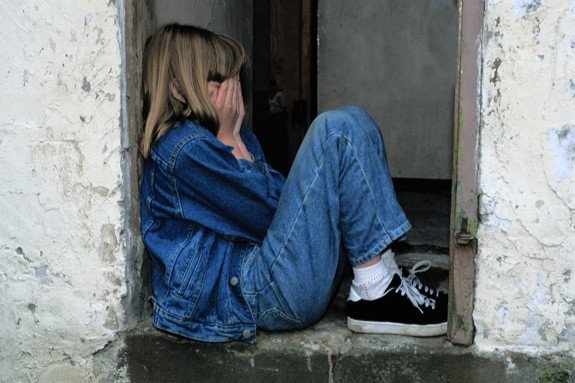
Physical therapy is a valuable and effective approach to resolving musculoskeletal pain and dysfunction, but in many cases, physical therapy does not provide a stand-alone solution. Prior to beginning physical therapy, patients often need to address underlying issues that contribute to their pain and disability.
Unfortunately, mainstream physical therapy clinics are often not adequately equipped or experienced to identify and treat complications that undermine the effectiveness of physical therapy. They often rely on one-size-fits-all treatment protocols that overlook the unique characteristics of the individual condition, opting to treat the symptoms and not the patient.
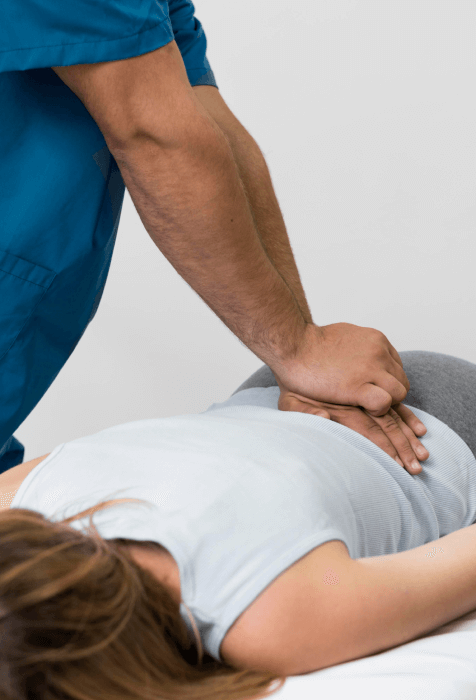
Identifying and treating underlying issues prior to beginning physical therapy is key to getting fast and effective results. Failure to do so can completely undermine your treatment protocol, and in some cases, your condition may even worsen.
At NYDNRehab, we use a broad range of advanced technologies and innovative therapeutic approaches to resolve issues that can potentially undermine the success of physical therapy.
Our talented staff is certified in a diverse array of treatment methodologies, rarely found in run-of-the-mill physical therapy clinics. Our one-on-one sessions are personalized, based on the patient’s unique diagnostic profile.

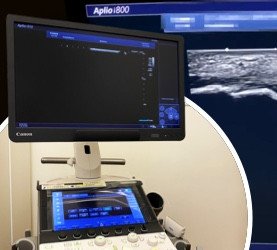
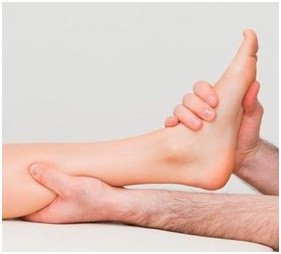
Timely therapy after an injury can make an enormous difference in how well and how quickly a child is able to regain healthy function and return to play and sport.
Therapy not only works to restore function to the injured appendage, but also addresses brain neuroplasticity, to ensure that neuromuscular pathways are restored and fully functional. Post-injury rehab can positively impact the overall health of a child on multiple levels, ensuring a better long-term quality of life.
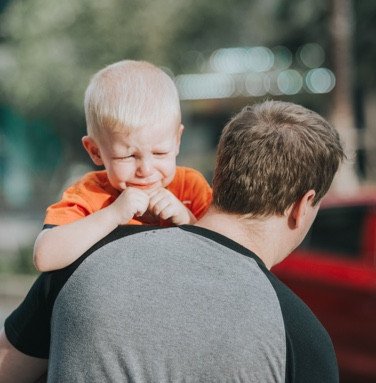
Any serious childhood injury is devastating for both the child and the family, but traumatic brain injuries (TBIs) pose the most serious threat. As many as 180 per 100,000 children suffer serious TBIs each year that lead to death or permanent disability. Traumatic brain injuries can range from mild concussions to severe mental impairment that dramatically changes a child’s quality of life.

Because children’s brains are still developing, even a mild concussion can cause serious damage. Yet a child’s resilient spirit can mask a concussion, or make it seem less serious than it is. It is important for parents to be on the lookout for signs of TBI after a child has taken a tumble or suffered a blow to their head
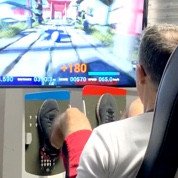
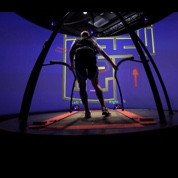

Rehabilitation for pediatric brain injuries includes vestibular therapy to address symptoms such as dizziness, headaches, visual tracking, balance impairment, and other symptoms of post-concussion syndrome. Therapy incorporates specialized exercises for the brain, body, and eyes to restore balance, reaction time and coordination, and to resolve balance and visual issues.
As recovery progresses, sport-specific skills training may be added to prepare the child for return to sport and physical activity.

Children are sometimes born with neuromuscular issues that inhibit their development and impact their quality of life. Dr. Lev Kalika, clinical director of NYDNRehab, is an expert in Vojta therapy and Dynamic Neuromuscular Stabilization (DNS), having trained under world renowned Czech pediatric neurologist Dr. Karl Lewitt.

Pediatric neuromuscular disorders impact the peripheral nervous system, including, muscles, motor neurons and spinal nerves. Children inflicted with neuromotor deficits can benefit from physical therapy that strengthens muscles, increases joint range of motion, improves stability, control and balance, and fosters healthy neuromuscular pathways between the muscles and the central nervous system.
The pediatric rehabilitation specialists at NYDNRehab help children progress and heal by making therapy fun! We have the most comprehensive collection of technological and innovative treatment tools in the country, with systems that engage and captivate our pediatric patients as their bodies mend and recover.
The clinical team at NYDNRehab understands the unique needs of children and adolescents, and we tailor rehabilitation to each individual child. In addition to helping your child recover, we teach them how to prevent injury and enhance their physical performance.
For patients who cannot visit our clinic in person, we offer remote services via Telehealth. During your child’s Telehealth session, their therapist is able to discuss their injury and medical history, assess range of motion and functional strength, evaluate movement patterns, balance and stability, and prescribe a plan of treatment.
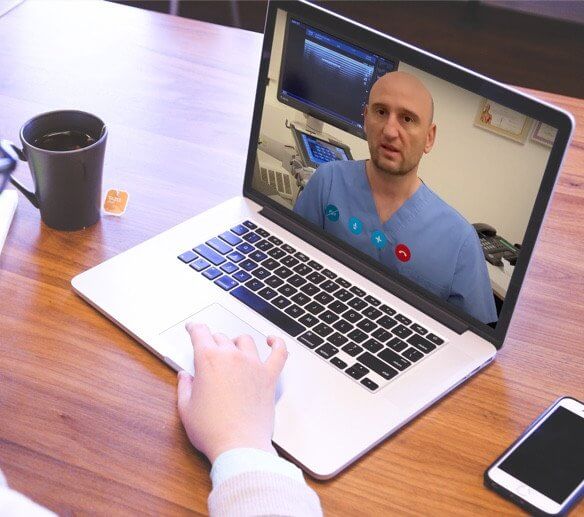
Dr. Kalika is currently a certified member of:
American Institute of Ultrasound Medicine

Active member of ISMST
International Society of Extra Corporeal Shockwave Therapy
Active member of GCMAS
Gait and Clinical Movement Analysis Society
Active member of NASS
North American Spine Society
Active member of IADMS
International Association of Dance Medicine and Science
Active member of Virtual Rehabilitation Society
Active member of ASRA
American Society of Regional Anesthesia and Pain Medicine
American Academy
Association of Orthopedic Medicine
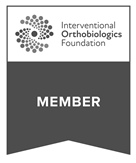
Active member of Interventional Orthobiologics Foundation
Davis, Irene S., and Erin Futrell. “Gait retraining: altering the fingerprint of gait.” Physical Medicine and Rehabilitation Clinics 27.1 (2016): 339-355.
Noehren, B., J. Scholz, and I. Davis. “The effect of real-time gait retraining on hip kinematics, pain and function in subjects with patellofemoral pain syndrome.” British journal of sports medicine 45.9 (2011): 691-696.
Dr. Lev Kalika is a world-recognized expert in musculoskeletal medicine. with 20+ years of clinical experience in diagnostic musculoskeletal ultrasonography, rehabilitative sports medicine and conservative orthopedics. In addition to operating his clinical practice in Manhattan, he regularly publishes peer-reviewed research on ultrasound-guided therapies and procedures. He serves as a peer reviewer for Springer Nature.
Dr. Kalika is an esteemed member of multiple professional organizations, including: